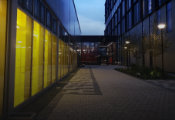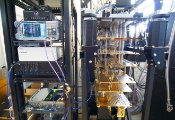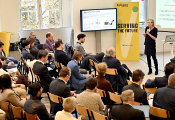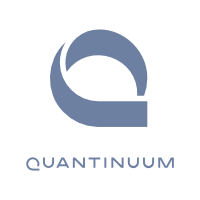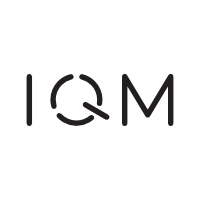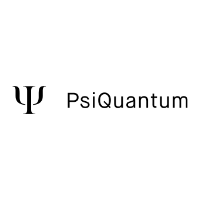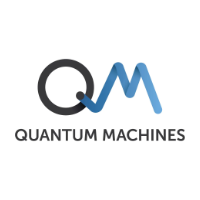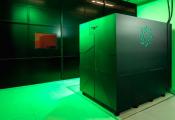Exploring Quantum Materials for a New Generation of Technology
March 03, 2025 -- From computer chips to image sensors in cameras, today’s technology is overwhelmingly based on a semiconductor called silicon. This technology has been shrinking for decades — think of early room-sized computers compared to today’s desktops — but physical limitations will soon prevent further improvement.
That’s why scientists and engineers are preparing for a new generation of technology — one based on quantum mechanics.
The electrons in so-called “quantum materials” behave differently than those in silicon, enabling more complex behaviors, like magnetism and superconductivity, that are useful for future quantum technologies.
“Our piece of the puzzle is understanding how these materials function as a prerequisite for using them in engineering devices,” said Mark Dean, a physicist at the U.S. Department of Energy’s (DOE) Brookhaven National Laboratory and leader of the Dynamics and Control Group in Brookhaven’s Condensed Matter Physics and Materials Science Department.
Dean characterizes quantum materials using a technique called resonant inelastic X-ray scattering, or RIXS. RIXS is particularly suited for probing samples as thin as one atomic layer and material states that change very rapidly. And with recent technological developments, researchers expect this technique to enable studies that were unthinkable only five years ago.
This progress gave Dean and three colleagues — Matteo Mitrano, Steven Johnston, and Young-June Kim — the impetus to chart where the field is going as a whole. So, they summarized the technique’s state of the art and how they expect the field to progress in a Perspective paper, recently published in Physical Review X.
“As Physical Review X only publishes Perspective papers about once every two years, they are quite high-profile,” noted Mitrano, a physicist at Harvard University and first author on the article. Physical Review X is the American Physical Society’s highest impact journal.
“We wanted to write something that could inspire our colleagues,” Mitrano added. “That spirit led to this paper that is very forward-looking.”


